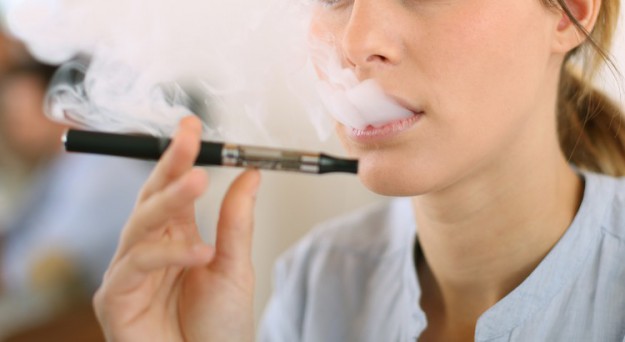E-cigarettes: New safety rules & regulations to be implemented
mis à jour le 14 July 2015 à 18:31From May-July 2016, new standards will come into effect to guarantee safer, better quality products for users of electronic cigarettes.
While France will be the first country to implement these new standards, we are hoping that the rest of the world - especially Asia - will follow suit. However, these will not be reinforced regulations as the manufacturers of the e-cigarettes will be free to follow the established specifications or not. If they decide to do it, they could specify that on their product and hence have a definite selling point which should attract consumers who are worried for their health, and allow them to slowly take away from the market the low-end or dangerous products. Random checks can be done, with heavy fines for the swindlers.
WHAT ARE THE REQUIREMENTS FOR A “GOOD” ELECTRONIC CIGARETTE?
The first standard is concerned with the device itself and will have to watch out for the following points.
-The risks of overheating the source of energy or the chamber of evaporation. These risks are warned by technical devices of safety and by note of information of the product.
-It should not be at risk of causing harm or exploding.
-The coating used should not release allergenic or toxic substances, nor cause burns.
-The electronic cigarettes have to be bump-resistant; a protocol of a drop test from a height of 1.50 metres is recommended.
-The chemical risks must be limited; the metals constituting the resistance of the atomizer should not contain mercury.
-Two pictograms are created to point the diameter of the inlet orifice of the electronic cigarette and the diameter of the tip of the dropping flask of e-liquid, so that it isn’t used in electronic cigarettes with thin orifices.
SAFER LIQUIDS
The other recommendations relate to the liquids. If details are relatively technical, two points have to be underlined. From now on, most of the substances will require a pharmaceutical quality (propylene glycol, glycerol, nicotine, water). Numerous useless toxic compounds, or those suspected of being toxic, will be banned: carcinogenic, mutagen and toxic substances for the specific target organ toxicity (STOT) - category 1 for the vegetable or mineral oils, the sugars and the sweeteners and the conservatives that can release formaldehyde, energizing and medicinal substances, etc.
The third standard characterising the emissions of the electronic cigarettes will also be developed this summer.
Source: press release of the AFNOR, in April 2nd, 2015
Maureen Diament




